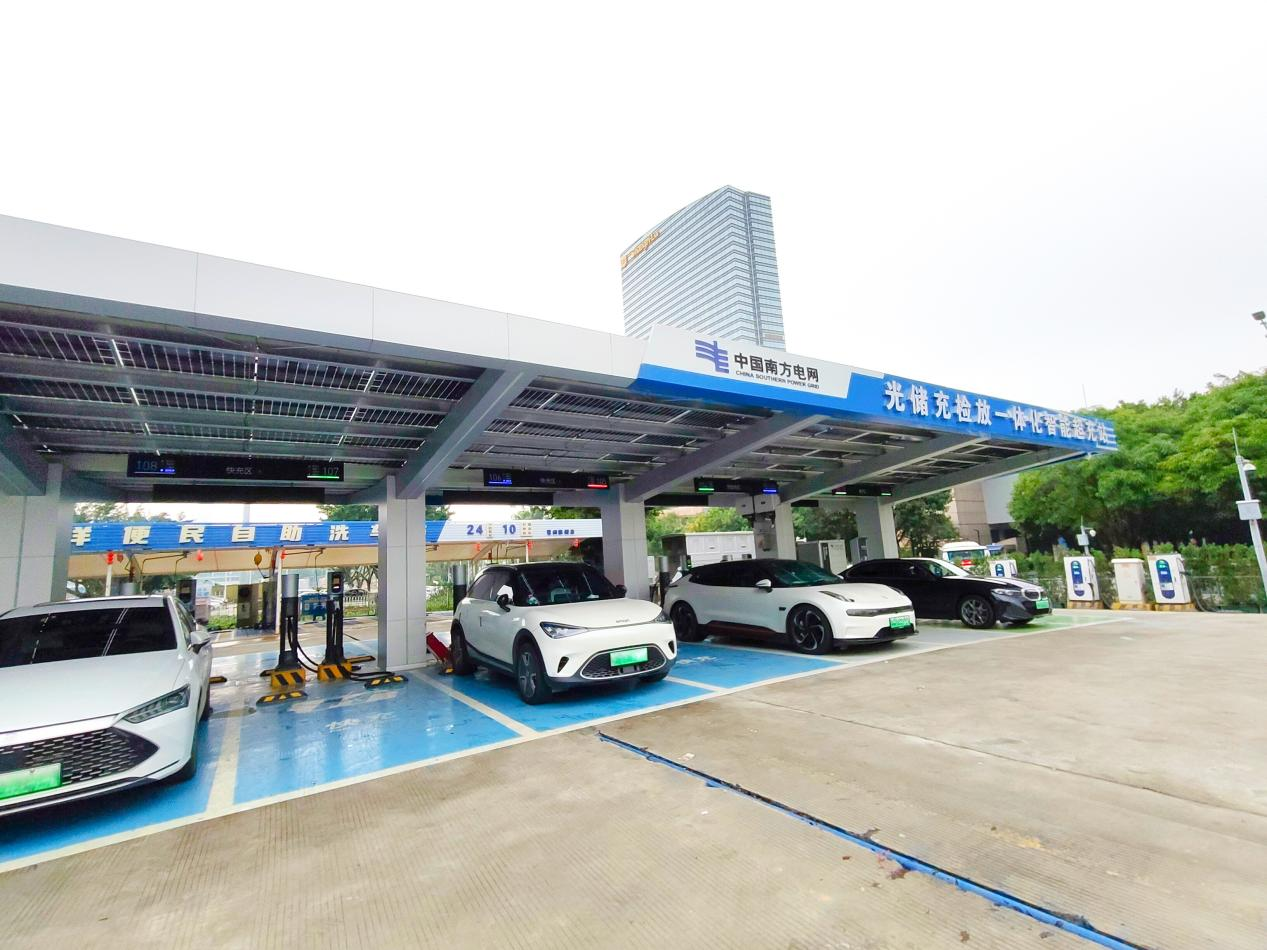Driven by the global “Dual carbon” strategy, the new energy vehicle market is showing explosive growth. According to relevant forecasts, global electric vehicle ownership will increase significantly in 2024, with the European market accounting for a considerable proportion. From specific data, from January to June 2024, there was a certain growth in pure electric vehicles in the EU, a decline in plug-in vehicles, and a significant increase in hybrid vehicles. In September, European new energy vehicle sales also reached a certain scale, and the market penetration rate continues to maintain a high level, which lays a good foundation for the expansion of related industries such as the Solar ESS Charging Station System.
Opportunities and challenges coexist in the “Solar ESS Charging Station System” industry

This emerging industry, which focuses on the integration of solar energy, energy storage systems, and charging station functions Solar ESS Charging Station System integration, is attracting increasing attention. With the vigorous development of new energy vehicles, the charging pile market has expanded rapidly, and various charging facilities have emerged in large numbers. However, the large-scale construction of charging piles has brought challenges to the stability of the power grid. This situation has created excellent opportunities for the integrated “photovoltaic + energy storage + charging” model of the Solar ESS Charging Station System.
The “Solar ESS Charging Station system” uses specific power electronic conversion technology to closely combine photovoltaics, energy storage, charging piles, and other elements to build a small new power system of source, grid, load, and storage. AEAUTO’s Solar ESS Charging Station system has outstanding performance in this aspect. It can effectively solve the randomness and volatility problems of distributed new energy. With the help of energy storage, it can achieve functions such as peak shaving and valley filling, demand response, and power grid peak and frequency regulation, thereby reducing energy costs.
particular, the combination with V2G technology actively explores effective combinations with new energy vehicles in terms of charging load classification, analysis, and intelligent control, providing a useful reference for the development of the industry.
Innovative practices and advantages of AEAUTO’s Solar ESS Charging Station System
In 2023, the “integrated smart charging station for optical storage, charging and discharging” developed by AEAUTO was officially put into operation. This Solar ESS Charging Station is unique. It adopts full DC microgrid technology for the first time and integrates functions such as DC EV Charger, energy storage, photovoltaic cells, and battery testing to create a standardized intelligent supercharging station.

It gives full play to the advantages of centralized charging stations, combines existing technologies to achieve the complementarity of multiple energy sources, and maximizes economic benefits. In practical applications, it effectively solves the land resource shortage and grid access problems faced by electric vehicle charging stations and achieves a basic balance between local energy production and electricity load through precise energy storage and optimized configuration.
During the low period of electricity consumption, optical storage, charging, and discharging station can charge itself or electric vehicles and store electric energy; during peak periods of electricity consumption, when the power supply of the grid is insufficient, it can supply power to the grid, playing an important role in peak shaving and valley filling.
In addition, with the help of energy storage equipment, charging facility companies can store electric energy during valley periods when electricity prices are low, and discharge it during peak periods of electricity consumption and electricity prices, reducing the use of high-priced grid energy, effectively reducing corporate operating costs, and achieving peak and valley electricity price arbitrage. In addition to core functions such as multi-functional complementarity Solar ESS Charging Station System multi-functional complementarity, peak shaving, and valley filling, the site also has the advantages of efficient operation and maintenance, good user experience, and diversified services. Its capacity is larger than that of ordinary charging stations and can charge more electric vehicles per unit of time.
The station also has self-service shopping areas, boiling water areas, toilets, and other life service facilities, providing car owners with comfortable and convenient charging services and comprehensively improving the user’s charging experience. With the strong promotion of policies and the active investment of enterprises, the “Solar ESS Charging Station system” industry has broad prospects. AEAUTO’s innovative practices and remarkable achievements in this field not only provide a strong impetus for its own development but also set an example for the entire industry, leading the “Solar ESS Charging Station system” industry to a more brilliant future.
Future research and development efforts could focus on enhancing the energy conversion efficiency of the Solar ESS Charging Station System Solar ESS Charging Station System energy conversion efficiency, improving the durability and reliability of its components Solar ESS Charging Station System components durability and reliability, and exploring more intelligent control strategies Solar ESS Charging Station System intelligent control strategies to optimize the overall performance of the system. This would help the Solar ESS Charging Station System to better meet the growing demands of the new energy vehicle market and contribute to a more sustainable energy future.
